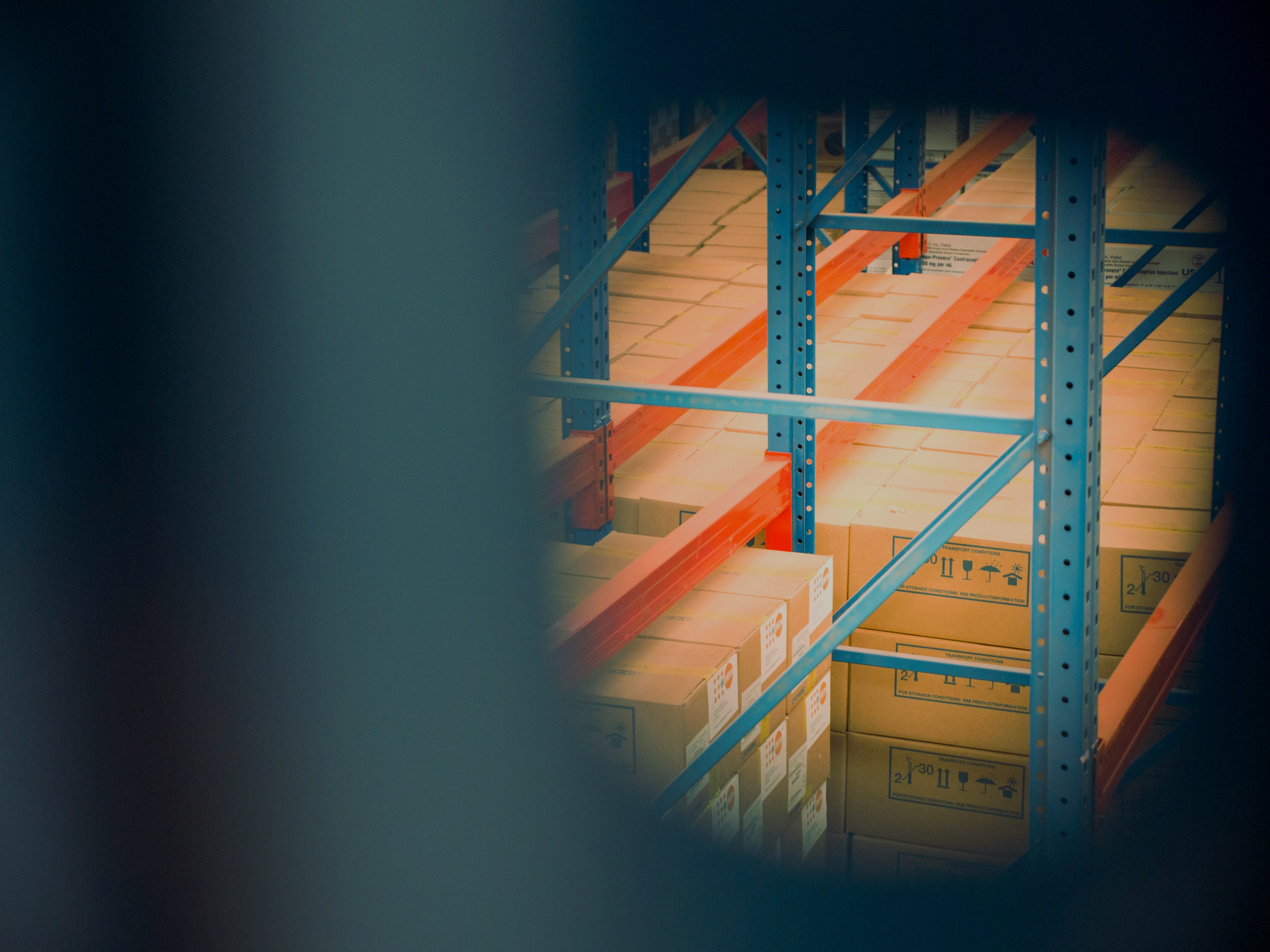
If you’re scaling an ecommerce brand and your house is slowly turning into an improvised ecommerce warehouse, you’re at the classic growth stage when founders start Googling “3pl vs 4pl” at 1 a.m. with a mixture of hope and mild panic.
Maybe you’ve already researched a pick and pack fulfillment center. Maybe your checkout is synced to Shopify fulfillment. Maybe you’ve looked into kitting and assembly services while wondering whether you’re supposed to be a logistics expert now too.
Here’s the good news:
You don’t need a complex supply chain consultant to run a healthy ecommerce business.
A strong 3PL covers almost everything you’ll realistically need.
A 4PL only enters the chat when your brand becomes enormous and tangled across continents.
Grab a cup of joe, sit down, and let’s break it all down.
A 3PL handles the physical work of fulfilling your orders. They store your inventory, pick and pack, ship, handle returns, and support a wide range of fulfillment workflows. They’re the backbone of ecommerce growth.
A 4PL manages your entire supply chain, including your 3PLs, freight partners, suppliers, and analytics tools.
But here’s the important part: most ecommerce brands never reach the level of complexity that calls for a 4PL.
You almost always grow faster by partnering with the right 3PL, not by adding a layer of supply chain consultants.
A 3PL is your fulfillment engine. When someone buys from you, your 3PL:
If you sell subscription boxes, a 3PL offers subscription box fulfillment.
If you sell apparel, you rely on apparel fulfillment companies.
If you sell nutraceuticals, you need compliant nutraceutical fulfillment.
These are real operational tasks happening every day, not theoretical process diagrams.
A 3PL touches your product, touches your orders, touches your shipments.
They are the ones actively driving your customer experience.
A 4PL never touches a package.
Which is why, for ecommerce brands, a 3PL is almost always the hero of the story.
A 4PL functions like a high-level supply chain coordinator. They manage:
But here’s the catch: that level of orchestration is only needed if your brand is already huge.
A 4PL is appropriate when you’re:
In other words, when your supply chain looks like a spider web someone dropped on the floor.
A 4PL helps organize that mess, but it doesn’t replace the need for a 3PL. It just manages them.
This is why a 3PL ends up being the real powerhouse behind ecommerce: they solve the problems that actually affect your day-to-day operations.
Ecommerce has grown quickly, and with it, the need for professionalized fulfillment. According to the U.S. Census Bureau, ecommerce sales hit new highs in recent years, and the trajectory isn’t slowing down.
With that growth comes the messy reality of:
A 3PL steps in exactly where founders feel the most pain. They’re built for real-life ecommerce, not theoretical supply chain design.
Which is why so many brands rely on them instead of jumping to a 4PL prematurely.
A 4PL starts to matter when complexity becomes a bigger problem than volume.
Think:
The World Economic Forum highlights that “geopolitical fragmentation, economic divergence and rising global uncertainty are reshaping supply-chain networks such that sustained investment and adaptation are now urgent for resilience.”
But unless your brand is operating at massive scale (think national or global distribution), the overhead of a 4PL is unnecessary.
Especially when a 3PL already solves 95 percent of fulfillment and logistics needs.
Let’s say you run a growing beauty brand. You want:
A 3PL handles all of this with ease.
Even if you add additional channels like Etsy, Walmart, or TikTok Shop, your 3PL integrates those workflows without needing a middle manager.
You also benefit from tools like:
For 90–95 percent of brands, this is everything they need for years of growth.
Here are the actual triggers that justify a 4PL:
Notice how specific and extreme that list looks?
That's because only a small percentage of ecommerce companies ever hit this stage.
Most scale profitably with a high-quality 3PL and never need anything else.
You suffer.
You breathe.
Your 3PL handles it.
Now a 4PL might help… but your 3PL still does the actual fulfillment.
Even in a 4PL-managed environment, the 3PL remains the engine moving product.
The 4PL is simply an advisor.
They need accuracy, bundling, timing, and scalable workflows, all core 3PL strengths. See our subscription box fulfillment guide for more info.
High SKU counts, fast returns, and seasonality mean a 3PL is essential for apparel fulfillment.
Regulations, lot tracking, and expiration management = 3PL territory. Supplement fulfillment isn’t worth doing on your own.
If your ads hit, a 3PL absorbs the volume spike without blinking.
These are real fulfillment needs, not theoretical supply chain consulting projects.
A 4PL might offer fancy dashboards and strategic modeling, but those benefits only matter once your brand becomes enterprise-level.
For nearly every ecommerce company, even the fast-growing ones, a 3PL solves:
It's the most impactful, cost-effective, growth-oriented logistics solution for modern ecommerce brands.
No. It’s different. A 3PL is the operational backbone. A 4PL is only needed for rare, extreme complexity.
No. The overwhelming majority scale perfectly with a strong 3PL.
Yes, but it only makes sense for very large brands.
Never. They manage your 3PL. They don’t fulfill orders themselves.
Most ecommerce founders don’t need a supply chain command center.
They need a reliable fulfillment partner who knows how to store inventory, ship fast, and keep customers happy.
That’s why a 3PL is the hero of modern ecommerce.
A 4PL is great when you’re operating on a global chessboard…
but most of us don’t need a chess grandmaster when we’re still mastering checkers.
If you're ready to hand off fulfillment to a team that actually makes growth feel doable:
Your future self will thank you.

